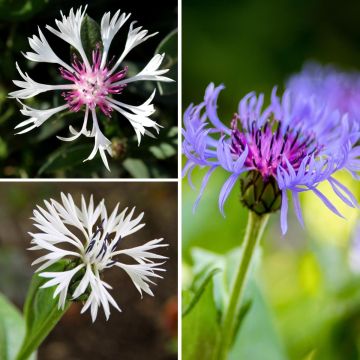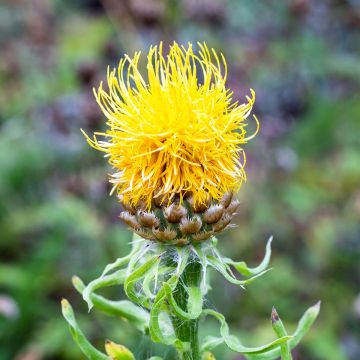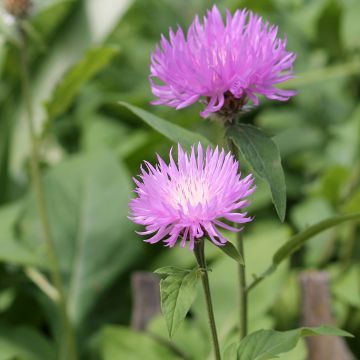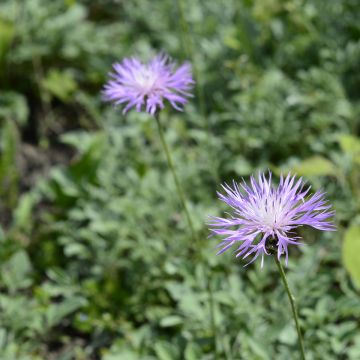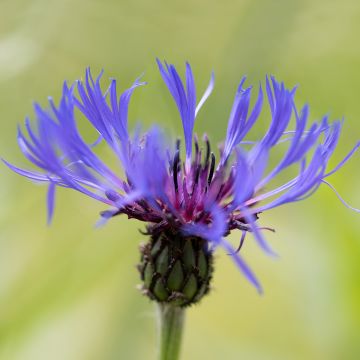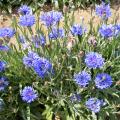Centaurea for dry soil
Does this plant fit my garden? Set up your Plantfit profile →
Available in 0 sizes
Available in 2 sizes
Available in 2 sizes
Available in 2 sizes
Available in 1 sizes
Available in 1 sizes
Available in 2 sizes
Available in 1 sizes
Available in 1 sizes
Available in 1 sizes
Available in 1 sizes
Available in 1 sizes
Available in 1 sizes
Available in 1 sizes
Our selection of Centaureas for dry soil. The mountain cornflower, Centaurea montana, is a low-maintenance perennial plant that thrives in poor, rocky, and well-drained soils, even those that are chalky and fairly dry in summer. But some species such as the Centaurea bella and C. pulcherrima are even more resistant to water scarcity, including in Mediterranean regions. Commonly planted in large rock gardens, Centaurea ragusina is also an extremely modest perennial, interesting for its compact habit, its beautiful silver-cut foliage, and its yellow flowers in spring. Also discover C. atropurpurea, a large centaurea with dark purple thistle-like flowers and finely-cut greyish-green foliage that withstands drought well. The Oriental centaurea, Centaurea orientalis, is a botanical species native to the Black Sea that thrives in dry, rocky, arid environments. It forms a clump of greyish-green foliage and offers charming dishevelled yellow flower heads from June to September. Centaureas for dry soil are easy to grow in full sun in any well-drained soil that doesn't retain too much water.
Haven't found what you were looking for?





































